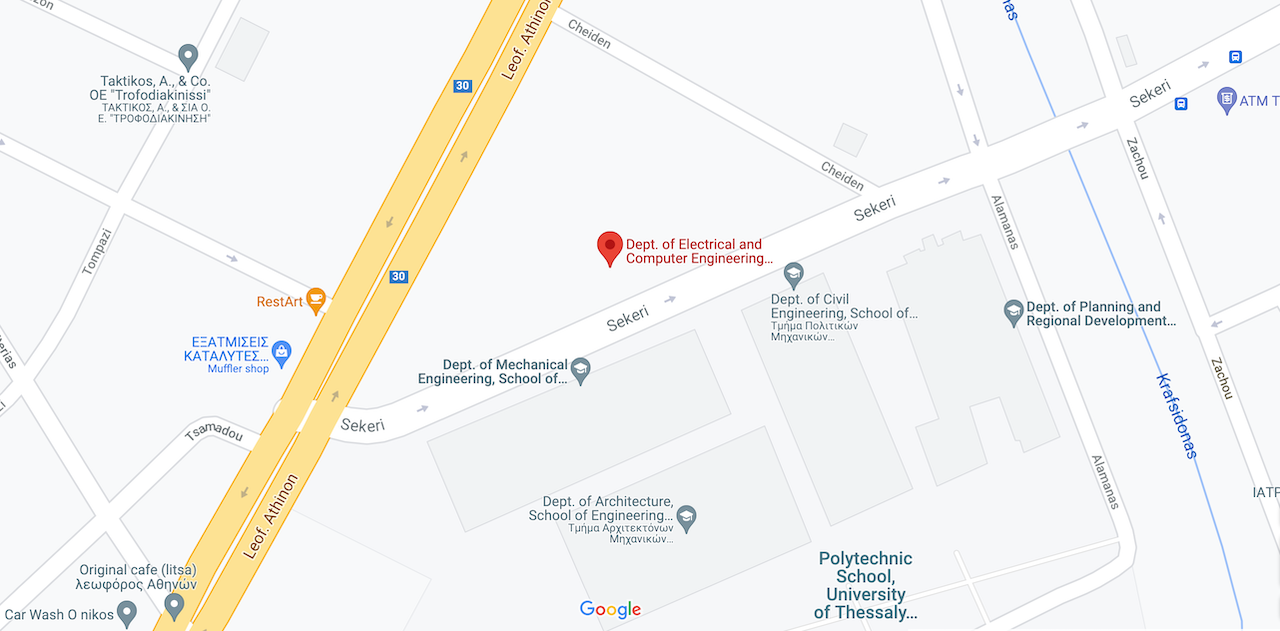TAU Workshop Competition
Η ομάδα του εργαστηρίου Ηλεκτρονικής (http://vedalab.inf.uth.gr/index.php) του Τμήματος Ηλεκτρολόγων Μηχανικών και Μηχανικών Υπολογιστών του Π.Θ. που αποτελείται από τους Χαράλαμπο Αντωνιάδη, Παναγιώτη-Ταξιάρχη Γιαννακού, Χρήστο Καλονάκη, Δήμο Ντιούδη σε συνεργασία με τον απόφοιτο του Τμήματος και πλέον μεταπτυχιακό φοιτητή στο ΤU Delft Γεώργιο Πινήτα, προκρίθηκαν στους τρεις φιναλίστ του διαγωνισμού CAD αλγορίθμων που διοργανώνεται στα πλαίσια του TAU workshop (http://www.tauworkshop.com/). Η τελική θέση θα ανακοινωθεί κατά την διάρκεια του συνεδρίου που θα διοργανωθεί στην Santa Cruz, CA στις 6-7 Μαρτίου. Αξίζει να σημειωθεί ότι είναι η πρώτη φορά που ευρωπαϊκό πανεπιστήμιο βρίσκεται στους τρεις πρώτους.
To TAU workshop συγκεντρώνει το έντονο ενδιαφέρον της βιομηχανίας του EDA (Electronic Design Automation), με εταιρίες όπως την Intel, IBM, TI, AMD, Cadence, Synopsys και είναι το κορυφαίο workshop στον τομέα αυτό. Ο διαγωνισμός έχει θέμα την ανάπτυξη λύσεων για κάποιο συγκεκριμένο πρόβλημα της περιοχής της ανάλυσης χρονισμού (timing analysis) και συμμετέχουν ομάδες από πολύ γνωστά πανεπιστήμια από όλο τον κόσμο.




